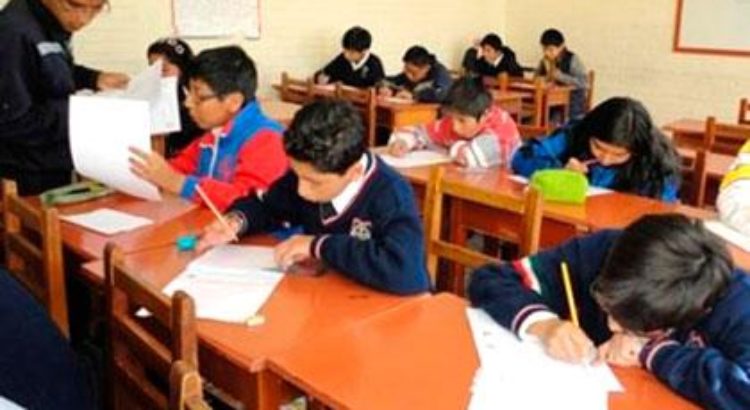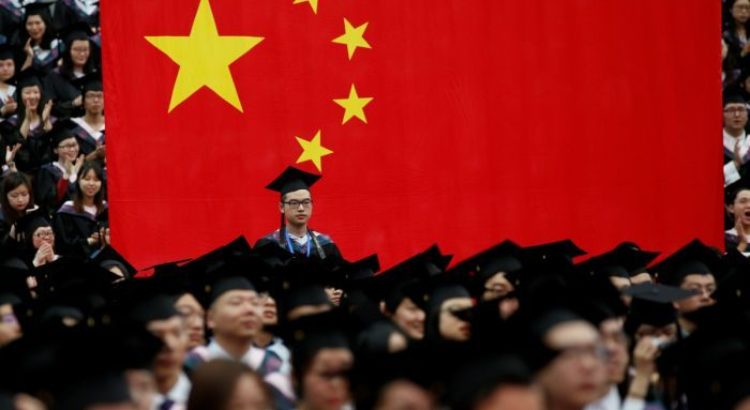Por Paulo Barraza Rodríguez
Uno de los mayores problemas que enfrenta hoy la educación chilena en términos de calidad, es la proliferación e inserción en la práctica escolar cotidiana, en la academia y en políticas educativas, de técnicas pedagógicas pseudocientíficas basadas supuestamente en el estudio del cerebro
¿Estoy dispuesto como apoderado a que el dinero que gasto en la educación de mis hijos sirva para financiar una educación basada en creencias pseudocientíficas? ¿Estoy dispuesto como directivo de establecimiento educacional a pagar grandes sumas de dinero por seminarios o talleres que van a desinformar o peor aún mal-informar a mis docentes? ¿Están dispuestas las universidades a contratar académicos que transmitan contenidos sin sustento empírico a futuros profesionales de la educación? ¿Está dispuesto el Ministerio de Educación a que la política pública en educación se base en conjeturas y no en evidencia? Estas preguntas reflejan muy bien uno de los mayores problemas que enfrenta hoy la educación chilena en términos de calidad: la proliferación e inserción en la práctica escolar cotidiana, en la academia y en políticas educativas, de técnicas pedagógicas pseudocientíficas basadas supuestamente en el estudio del cerebro.
Para que se haga una idea de cuál es la situación actualmente, al año son muchos los docentes que asisten a seminarios de “neurociencia y educación” y varios los establecimientos educacionales que pagan mucho dinero por charlas y talleres dictados por personas sin formación alguna en el área, pero que se autodenominan “especialistas en neurociencias”, en los que se promete explicar cómo lograr en simples pasos que los alumnos aprendan “más” o cómo enseñar “mejor” en base a supuestos hallazgos neurocientíficos.
Un ejemplo prototípico del negocio detrás de estos cursos, se refleja en un taller de “neuroeducación” dirigido a docentes que se ofreció hace un tiempo atrás en Santiago, con contenidos que mezclaban psicología popular y pseudociencia, a un valor de 10 UF por asistente (con un promedio de 80 asistentes, calcule Ud.). Súmele a esto el perjuicio educacional que significa mal-informar a profesores que volverán a sus aulas a aplicar estos supuestos conocimientos neuroeducativos con sus alumnos, perdiendo tiempo y recursos valiosos.
Para ser aún más claro, lo que habitualmente se vende como técnicas educativas basadas en hallazgo neurocientífico no son más que una sarta de neuromitos o creencias pseudocientíficas que afectan negativamente el quehacer educacional (Pashler, McDaniel, Rohrer, & Bjork, 2008). De acuerdo con la Organización para la Cooperación y Desarrollo Económico (OCDE, 2002) los neuromitos se definen como un error de interpretación que encuentra su origen en malas citas o un mal entendimiento de hallazgos científicos, los cuales generalmente son aplicados en educación u otros contextos. Ejemplos de neuromitos que actualmente están insertos en nuestros colegios son los “estilos de aprendizaje”, la “gimnasia cerebral” (BrainGym), la idea de que hay estudiantes “cerebro-izquierdo o cerebro-derecho”, el “efecto Mozart”, entre otras excentricidades (Howard-Jones, 2011).
Aunque cueste creer, la penetración de estas creencias pseudocientíficas no solo llega a los colegios, sino también a las universidades. En Chile existen planteles de educación superior que ofrecen Diplomados y Magíster en Neurociencias con aplicación a la Educación. Aunque llamativas, estas ofertas académicas hay que tomarlas con pinzas. Las razones de tal precaución son diversas: la nula formación o trayectoria profesional en neurociencias de algunos docentes de estos programas y la debilidad de sus contenidos. Solo como ejemplo, en uno de estos programas se imparte la asignatura “antroposofía y neurodesarrollo”. De más está decir que el concepto “antroposofía” no tiene nada que ver con el ámbito investigativo de las neurociencias.
Como guinda de la torta, tenemos que los neuromitos en la educación chilena incluso están presentes en decretos ministeriales. Concretamente, los decretos 170 y 83 (Mineduc, 2009; 2015) mencionan los “estilos de aprendizaje” y sugieren adaptar las prácticas educativas a los “estilos” de los estudiantes. Al respecto, la evidencia científica acumulada desde hace más de cinco décadas (Arbuthnott & Krätzig, 2015; Cuevas, 2015) es enfática en demostrar que adaptar las clases según el estilo de aprendizaje de los estudiantes no tiene ningún efecto sobre el rendimiento académico. A pesar de la gran cantidad de evidencia científica existente, cada año cientos de profesores asisten a cursos de capacitación para aprender a detectar diferentes estilos de aprendizajes y conocer las últimas técnicas para hacer clases adaptadas a cada estilo, y así poder dar cumplimiento a los decretos del Mineduc.
El mensaje final es poner fin de una vez por todas al negocio de la pseudociencia en educación. Es crucial que docentes y directivos de colegios denuncien a quienes, aprovechándose del gran interés que despierta la neurociencia en el público general y en la educación en particular, quieran lucrar con sus anhelos ofreciendo recetas mágicas vestidas de cientificismo para aprender y enseñar mejor. Se insta a la cautela y a cultivar una actitud crítica respecto de este tipo de intervenciones fraudulentas que sobre-simplifican un problema muy complejo como es el aprendizaje en contextos escolares. Tal como señala Hyatt (2007), es tiempo de que los educadores y otras entidades formativas en el ámbito educativo –sean universidades u otras entidades– se aseguren de que las prácticas que no estén basadas en evidencia se dejen de usar con niños, con la esperanza de mejorar aprendizajes. Esto último es también una invitación al Mineduc a revisar el sustento empírico de las intervenciones educativas que mandata por decreto, con el objetivo de derribar falsas creencias y construir entre todos una educación de calidad, a escala humana y basada en evidencia.
Fuente del artículo: https://www.latercera.com/tendencias/noticia/columna-educacion-mito-la-educacion-basada-cerebro/280421/














 Users Today : 125
Users Today : 125 Total Users : 35406605
Total Users : 35406605 Views Today : 145
Views Today : 145 Total views : 3336834
Total views : 3336834